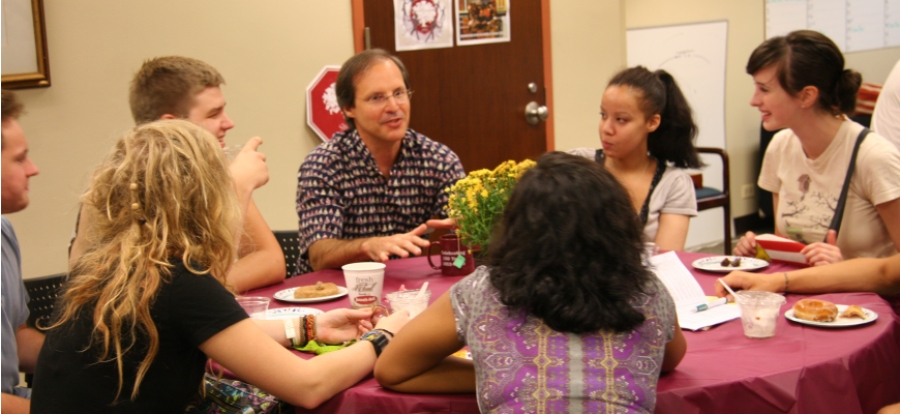"Teachers must be committed to the individual needs of their pupils."
Learner-centredness is an ethos shared by everyone in the learning community, including leaders, teachers, support staff, parents and other members of the local community, prioritising the needs of pupils above all else. As you might expect, teachers and classroom support staff are central; research from John Hattie has shown that 30 per cent of a pupil’s capacity to learn will be affected by the ability of their teacher, including their subject knowledge and ability to identify learner strengths and weaknesses. As such, teachers must be committed to the individual needs of their pupils, shaping both lessons and the learning environment to maximise their potential to succeed.
School leaders are also highly influential in the attainment of pupils, with an impact of up to 16 percentile points according to the US study School Leaders Matter. High-performing leaders maintain a focus on the quality of learning and teaching and stay close to the pupil learning experience. International research in Capturing the Leadership Premium has shown that, on average, headteachers will spend around 50 per cent of their time in the office. However, in higher ranking countries (based on PISA results), leaders spend a greater proportion of their time around the school or making connections beyond the school.
Learning-centred leadership also focuses on the development of the curriculum, reinforcing a positive learning culture. This includes developing the learning environment and resources as tools to enable independent learning, and ensuring that the most effective teaching and learning methods, as evidenced through research, are used to form the basis for both training and planning.
School self-evaluation is an important tool in maintaining a learner-centred approach. All members of the school community can provide feedback in order to shape the whole-school learning policy and associated practices. Incorporating ‘pupil voice’ into the school’s ongoing evaluation and development planning ensures that all young pupils, regardless of their background, are able to feel part of an inclusive community that ensures fairness and mutual respect.
Seeking the involvement of parents, through regular and systematic surveys of their opinions, and maintaining meaningful lines of communication with them is also vital. It not only shows parents that they are valued as members of the school community but also maximises their contribution to the learning of their children, working in partnership to determine how best to meet the educational and emotional needs of each individual pupil at home and school. Perhaps the most important thing for schools to do is to develop a culture of positivity in all areas of school life. With the large amount of negative media surrounding education, it is often easy to fall into a cycle of negativity, when in reality, there is so much that can be celebrated and cultivated. By focusing upon successes and improvements, the whole school will find motivation in working towards these goals, and most importantly, the pupils will see themselves as the main driver of this achievement with the support of a varied and connected community behind them.
How do you bring together the school community? Let us know below!


















